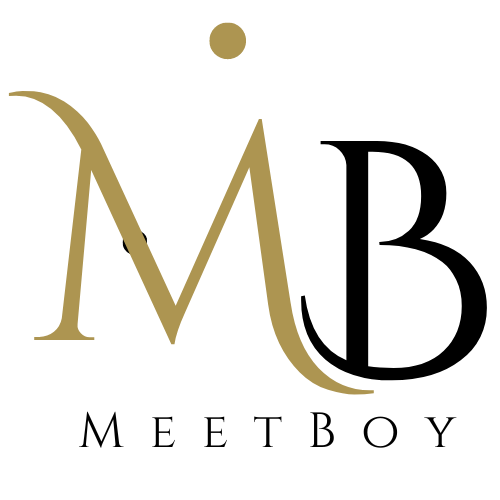Whether you’re working from home, taking care of a team remotely, or accessing a computer from a different place, remote desktop applications offer unmatched flexibility and comfort. Remote desktop services allow users to connect to their computers or servers from anywhere, dramatically transforming how work is carried out.
Popular remote desktop applications, such as Microsoft Remote Desktop, TeamViewer, and AnyDesk, have obtained tremendous popularity due to their robust performances and user-friendly interfaces. Whether you call for remote access for personal use– for circumstances, turning on your PC remotely to access essential files– or for business scenarios, the various remote desktop programs provide to diverse demands effectively.
For Windows users, the built-in Microsoft Remote Desktop tool supplies solid performance for remote PC control. Users can conveniently set up a remote desktop connection, enabling them to access their Windows makers from other devices, consisting of Macs, tablets, and smart devices.
For Mac users, applications like Mac Remote Desktop and TeamViewer have actually been optimized for smooth availability, ensuring that connections in between Mac to Mac or Mac to Windows stay simple and effective. Linux users can also make use of different open-source remote desktop applications to manage their machines.
In current years, telemedicine has arised as a critical sector where remote desktop modern technology has actually played a considerable function. The shift in the direction of virtual medical care solutions has actually made modern technologies like remote desktop connections crucial in offering prompt treatment and cultivating continual interaction between health care suppliers and patients.
What’s even more, KVM (Keyboard, Video, Mouse) switchers and remote management tools offer another layer of control for IT administrators taking care of multiple computers or web servers in a network. While remote desktop connections make it possible for the use of software applications, KVM systems provide direct hardware control, offering flexibility in managing resources.
For designers and technical specialists, remote access tools promote cooperation and support throughout different platforms, catering to both debugging and development needs. Using remote into another pc can improve process, enabling team participants in diverse places to work together on projects in real-time.
It is critical to ensure that any remote desktop connection complies with market requirements and best practices to shield both corporate and personal information efficiently. Organizations should think about taking on remote desktop services that supply robust safety features to reduce dangers linked with remote access.
As remote modern technology evolves, so does the software offered. For users trying to find free remote desktop solutions, numerous credible applications provide crucial performances at no price, making them suitable for personal or light business use. While free software can be appropriate for fundamental tasks, accessing advanced features usually calls for paid subscriptions. As a result, businesses and individuals should select solutions that align with their details needs, stabilizing capability with cost.
In addition to personal computing and business needs, remote access innovation has expanded to consist of various applications beyond standard desktop computers. Applications like Splashtop and Chrome Remote Desktop have simplified accessing computers on the go, equipping users to handle their desktops anytime, anywhere.
One of the considerable advantages of remote desktop modern technology is helping with remote assistance. Whether providing tech support for clients or enabling household participants to obtain help with their computers, remote capabilities simplify the fixing procedure. Remote assistance tools remove the need for in-person visits, permitting technicians to fix problems immediately and successfully. This ability to repair remotely has become particularly important during situations such as the COVID-19 pandemic, where physical communications are limited. Organizations have actually accelerated their adoption of remote support tools to preserve operations while making sure staff member and customer security.
For organizations keen on enhancing their IT facilities, remote desktop modern technology enables them to leverage cloud solutions. Executing virtual desktop frameworks (VDIs) enables organizations to host and handle desktop computers in a virtual setting, making it less complicated to keep and deploy applications security across the board. By using cloud-based remote desktop solutions, firms can lower expenses linked with equipment maintenance, creating a much more efficient IT ecosystem.
To conclude, remote desktop innovation proceeds to evolve, supplying individuals and organizations flexible solutions to boost performance, streamline procedures, and boost collaboration. The shift to remote work has highlighted the relevance of trustworthy remote access, causing the development of different software options tailored to satisfy user needs. Whether it’s through straight remote desktop applications or integrated solutions in telehealth and IT management, these tools are critical for keeping connections and making certain smooth operations in our progressively digital globe. As remote desktop solutions become extra sophisticated, users can expect advancements that further enhance usability, safety and security, and total efficiency, improving the landscape of remote communication and resource management.

